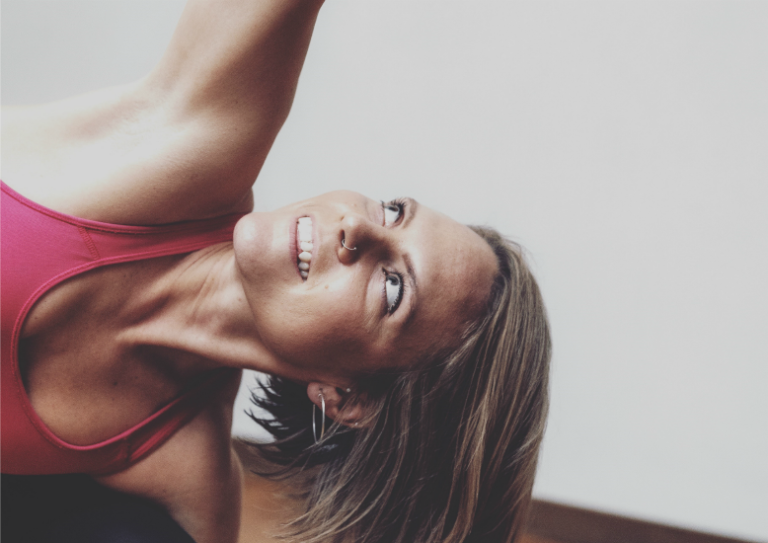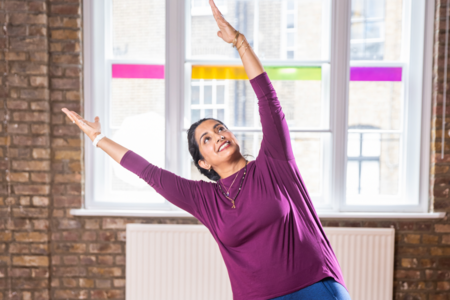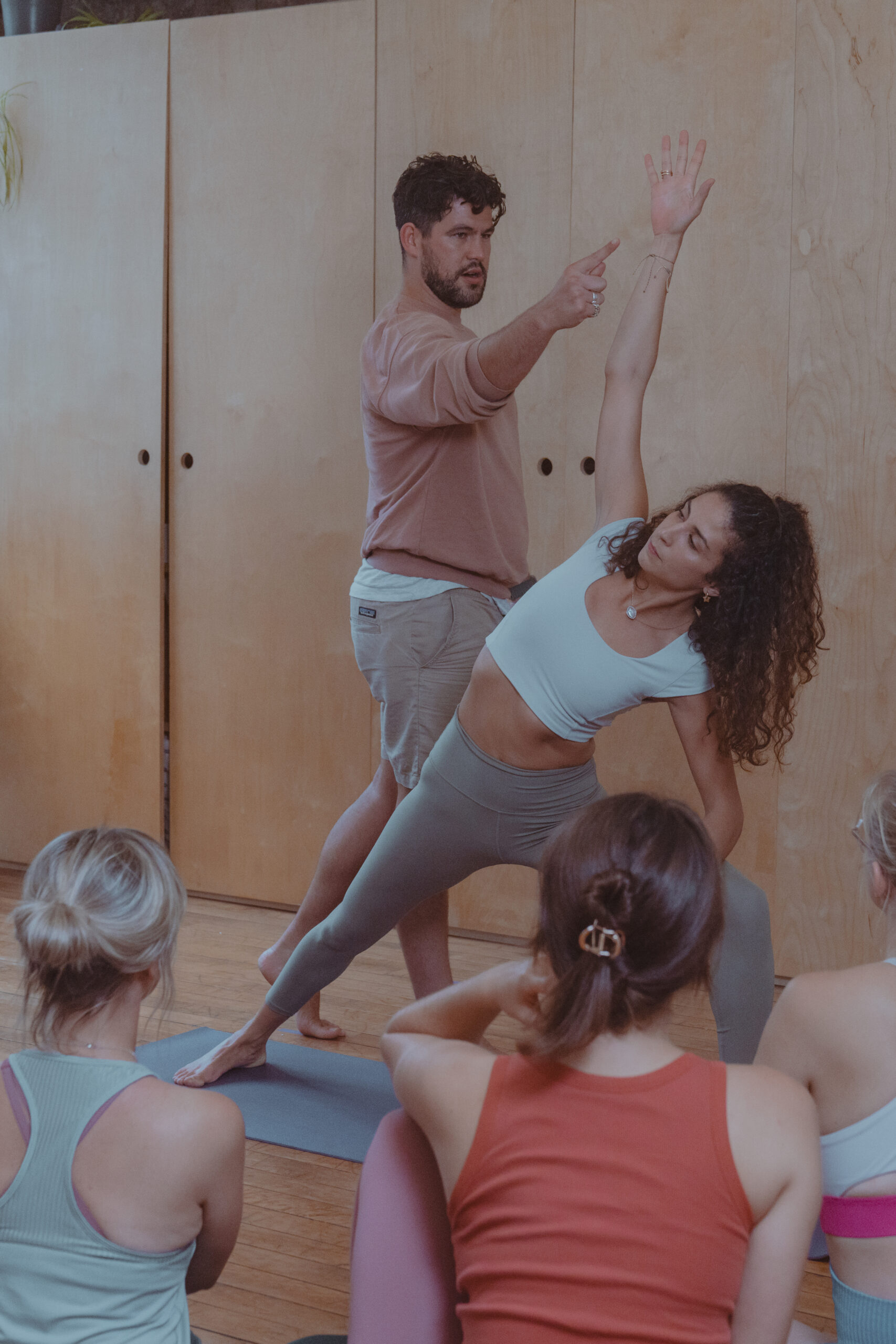We’ve all felt stressed at some point, whether from financial difficulties, ill health or any number of other reasons. Stressful situations are inevitable, but stress itself isn’t necessarily a bad thing. It’s actually a survival mechanism that keeps us safe in times of danger. By understanding the physiological changes stress causes we can learn to manage them and build resilience, enabling us to cope better.
Our autonomic nervous system (which is responsible for nerve supply to our internal organs) is divided into the sympathetic (SNS) and parasympathetic nervous systems (PNS). Both work together usually without conscious input.
The PNS keeps us running smoothly. Some of its functions include:
– slowing the heart rate at rest
– controlling secretion of digestive juices
– controlling peristalsis in the intestines and emptying the bladder
The SNS prepares the body for physical or mental activity. The SNS:
– increases our heart rate and blood pressure during exercise
– supplies nerves to our sweat glands
– diverts blood supply to the muscles
– reduces digestive function and urine output during exercise
The SNS elicits the “fight or flight” response during times of danger or emotional stress, helping us think and act quickly. The heart rate increases, breathing quickens, and blood is diverted away from the gut and kidneys into the muscles enabling a fast getaway. Our pupils dilate, the mouth gets dry and we become fearful and anxious. This is a perfectly normal, helpful response if we’re running away, need to stop a car suddenly to avoid hitting someone, or we’ve just had some bad news. In a healthy nervous system, after the danger has passed, the “fight or flight” response subsides and the PNS kicks back in.
Problems occur when we’re exposed to long-term (chronic) stress and the body is unable to switch off this response resulting in exhaustion. Because an overstressed body is unable to shut down the “fight or flight” response, the PNS functions are impeded. This can cause IBS, constipation, diarrhoea, absorption of nutrients in the intestines.
Prolonged periods of tension can cause tension headaches and sore muscles in the head and shoulders. Too much adrenaline (stress hormone) can affect our ability to sleep and increase blood pressure increasing the risk of cardiovascular disease. Chronic stress affects the immune system making the body susceptible to infections and illness. Changes to endocrine (hormone) levels can cause diabetes and sexual dysfunction. Stress is also a precursor to mental health problems such as anxiety or depression.
All this doesn’t have to be as worrying as it sounds. It’s possible for us to manage stress by learning to activate our relaxation response. Resulting in restful sleep, less illness and reversal of the negative affects listed making us happier and more effective in the process.
Here are five tips to help reduce stress:
1 – Learn to breathe efficiently
The most important and simplest way to activate the relaxation response is through regulating the breath. Breathing is generally controlled automatically but can be controlled consciously. Breathing influences our mental state and vice -versa.
As discussed, the “fight or flight” response causes our breath to quicken. Left unchecked, this can result in panic attacks. Try taking short, quick in-breaths you’ll soon feel anxious.
This can be countered by training the body to take longer, measured breaths with focus on the exhalation, which is normally shortened in times of stress. Spend five minutes a day practicing the breathing exercise below, either at a set time, or when you’re feeling stressed or anxious.
Five-minute breathing exercise
Begin by sitting with your back straight. If you’re in a chair sit forward so your feet touch the floor. Try to avoid visual distractions and bring awareness into your body.
Breath awareness
Now bring awareness to the breath. First, simply noting the movement of the breath; the flow of air in the nostrils, the rise and fall of the chest. Start to notice your natural breathing tendencies. Without changing anything, note the length of the inhale and the exhale. Is one longer than the other? Are you breathing through your mouth or nose?
If you’re breathing through the mouth try to switch to nasal breathing. This may require some training if it is not habitual.
Continue this exercise until you’re comfortable. Silently count the length of each inhale and exhale.
Balancing the breath
Now try to balance the length of your breath. If your exhale is shorter try lengthening it so it matches the inhale. Don’t hold the breath or do anything that makes it feel strained. If you experience discomfort return to observing the breath.
Lengthening the breath
Once you’re breathing with ease try lengthening the breath. Begin taking a slower exhale, this may allow you to take a fuller inhale. Keep the count going silently so the breath remains balanced. Stay within the limits of what feels comfortable. Once you’ve developed a steady, rhythmic breath you may play around with a longer exhale and observe if this invokes a deeper sense of relaxation.
Finishing
Gradually return to your normal breathing pattern. Note any changes to feelings, emotions or sensations in the body.
2 – Practise yoga
A regular asana practice reinforces positive breathing habits, calming the nervous system and lowering blood pressure. Coordinating breath with movement stretches and strengthens the body, improving posture, digestion and sleep patterns. Yoga promotes resilience to stress by training the body to sit with sometimes-uncomfortable sensations whilst maintaining a slow measured breath.
3 – Spend time in nature
Spending time in nature has been scientifically proven to reduce stress levels. In Japan, the benefits of forest-bathing (or “Shinrin-yoku”) have been the subject of a number of studies. One study found that walking in a forested area reduced physical markers of stress, lowered blood pressure, and reduced concentrations of cortisol compared to participants who walked the same time in the city.
4 – Take a hot bath
The heat relaxes your muscles, which signals to the brain no threats are present.
5 – Cultivate a positive attitude
Thinking positively (which isn’t the same as “spiritual bypassing’) makes us less prone to fearful states of mind which can trigger the “flight or fight” response. We can benefit from training ourselves not to get caught in negative thought patterns by staying with and fully experiencing the present moment.
Our brain continuously changes existing pathways and forms new interconnections, so how we think can change. This is called neuroplasticity; unhelpful thought patterns can be replaced with positive affirmations. In yoga we call positive affirmations “Sankalpa”, and by framing them in the present moment as though they’re already happening, new thought pathways are gradually formed. A regular meditation or yoga nidra practice, and Cognitive Behavioural Therapy, can positively influence our mental state.
Whether or not you’re experiencing stress now, it’s important to incorporate stress reduction practices into your life so they’re available when you need them. Try different things to see what works for you, and most importantly pay attention to your breath when you’re feeling anxious.
Click here to view Lauren’s regular Ashtanga yoga class schedule and to book.










